Longevity Science 101
What is aging?
Aging is marked by a progressive loss of physical integrity, with lessened functionality and increased vulnerability to death. It occurs due to a series of processes such as accumulation of cellular waste, errors, and imperfect repairs, as well as direct damage to the cells. These processes result in the familiar signs of aging and ultimately lead to the development of age-related diseases that eventually kill us.
Aging is a predominant risk factor for most common chronic diseases that limit health span.
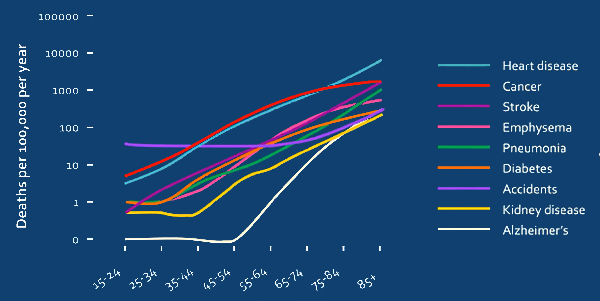
Aging is not inevitable
A common misconception is that aging is inevitable. However, in the last 10 years our understanding of aging and the processes that drive it has improved materially. Scientist have shown that aging is not inevitable, and is actually a malleable thing, which can be slowed down and even reversed if we adjust the proper “levers.”

Rogina Blanka was able to extend a fly’s lifespan 2-fold by creating a mutation in the indy gene.

Andrzej Bartke was able to extend a mouse’s lifespan 2-fold by mutating the growth hormone receptor gene and by restricting calorie intake.
Science reveals slowing the aging process is a realistic goal
No longer is aging being treated as a dreadful inevitability but instead as a puzzle that can be solved—as a disease with a cure.
Time Special Edition, April 2019
Example: senescent cells research
Senescent cells have been shown to contribute to age-related disease (arthritis, cataracts, etc.) in mice. Elimination of these senescent cells has had a significant impact on aging and improved healthspan in multiple animal studies across independent labs. One study even found that clearance of senescent cells led to a significant increase (~35%) in median lifespan (Baker, D. J. Nature 2016).
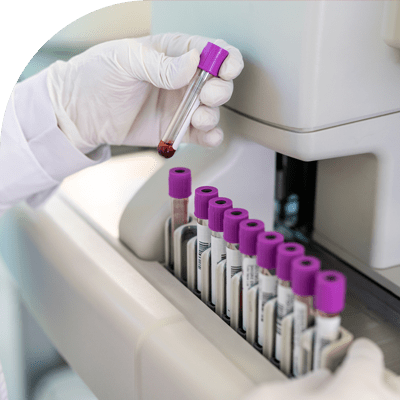
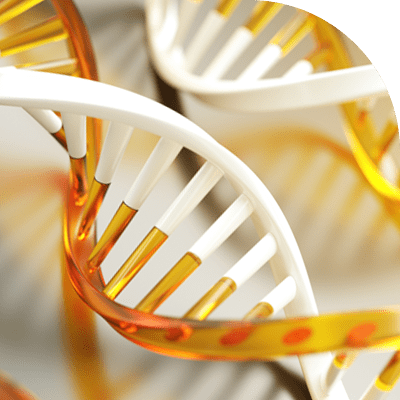
The 9 hallmarks of aging: a framework for research
In 2013 a team of researchers attempted to identify and categorize the cellular and molecular hallmarks of aging.
They broke down the causes of aging into 9 distinct scientific “hallmarks” and explained how these interact with each other to drive the onset of age-related diseases.
Today there are multiple available therapies, with many more being researched, that use this framework to directly intervene against the aging process.
Read moreLongevity therapies available today at AgelessRx
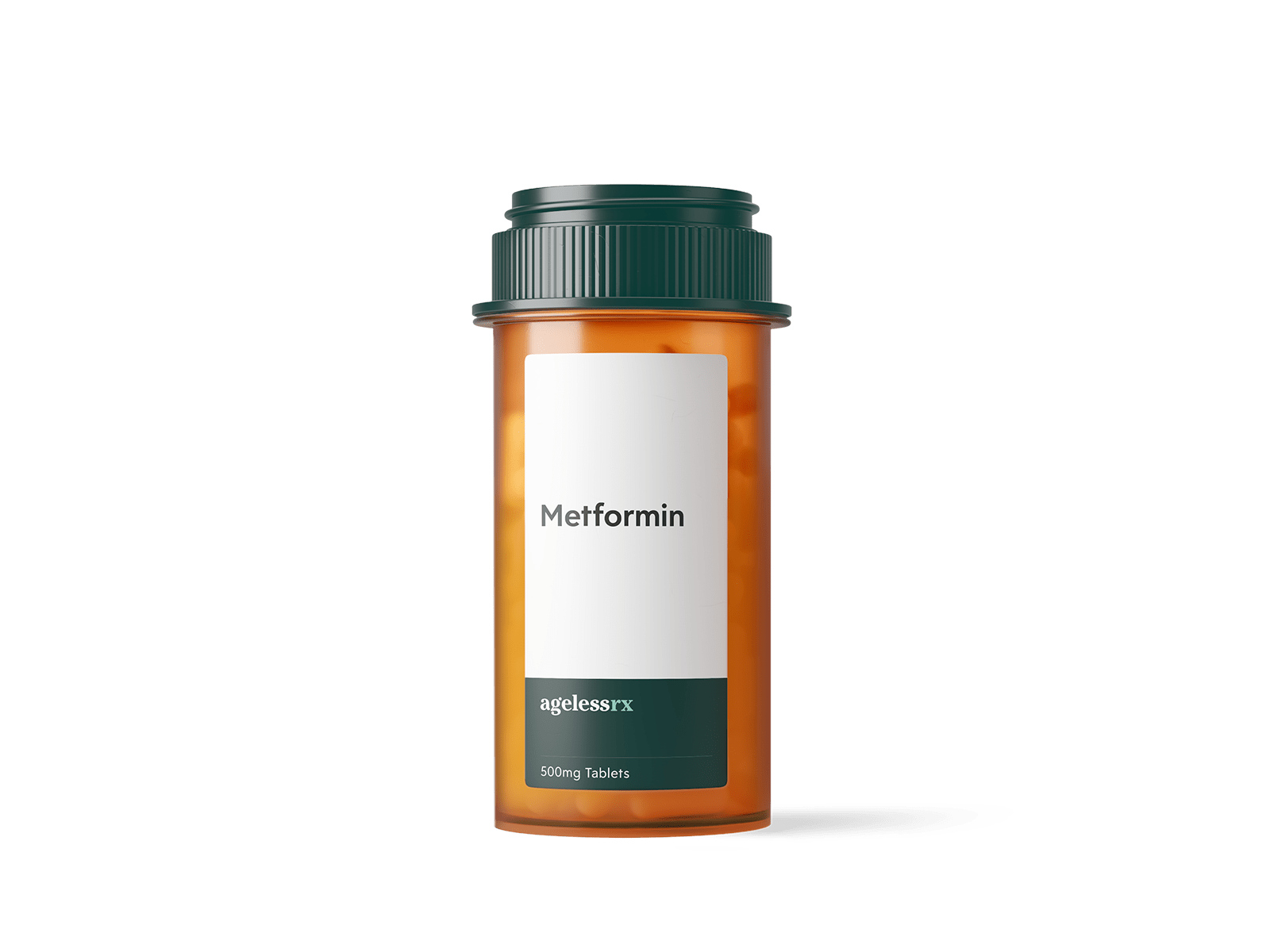
Metformin
Starting at $25
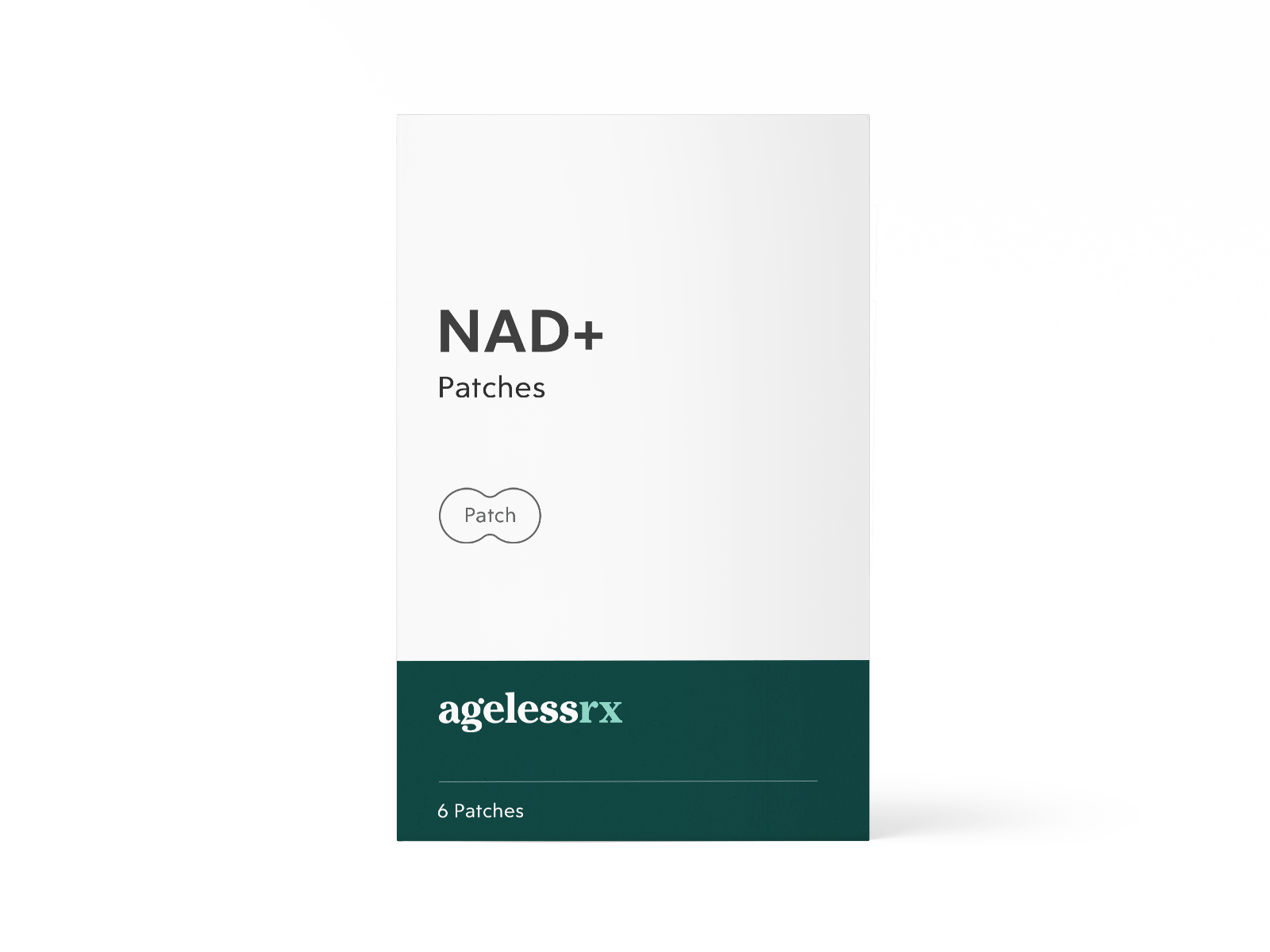
NAD+ Patches
Starting at $160
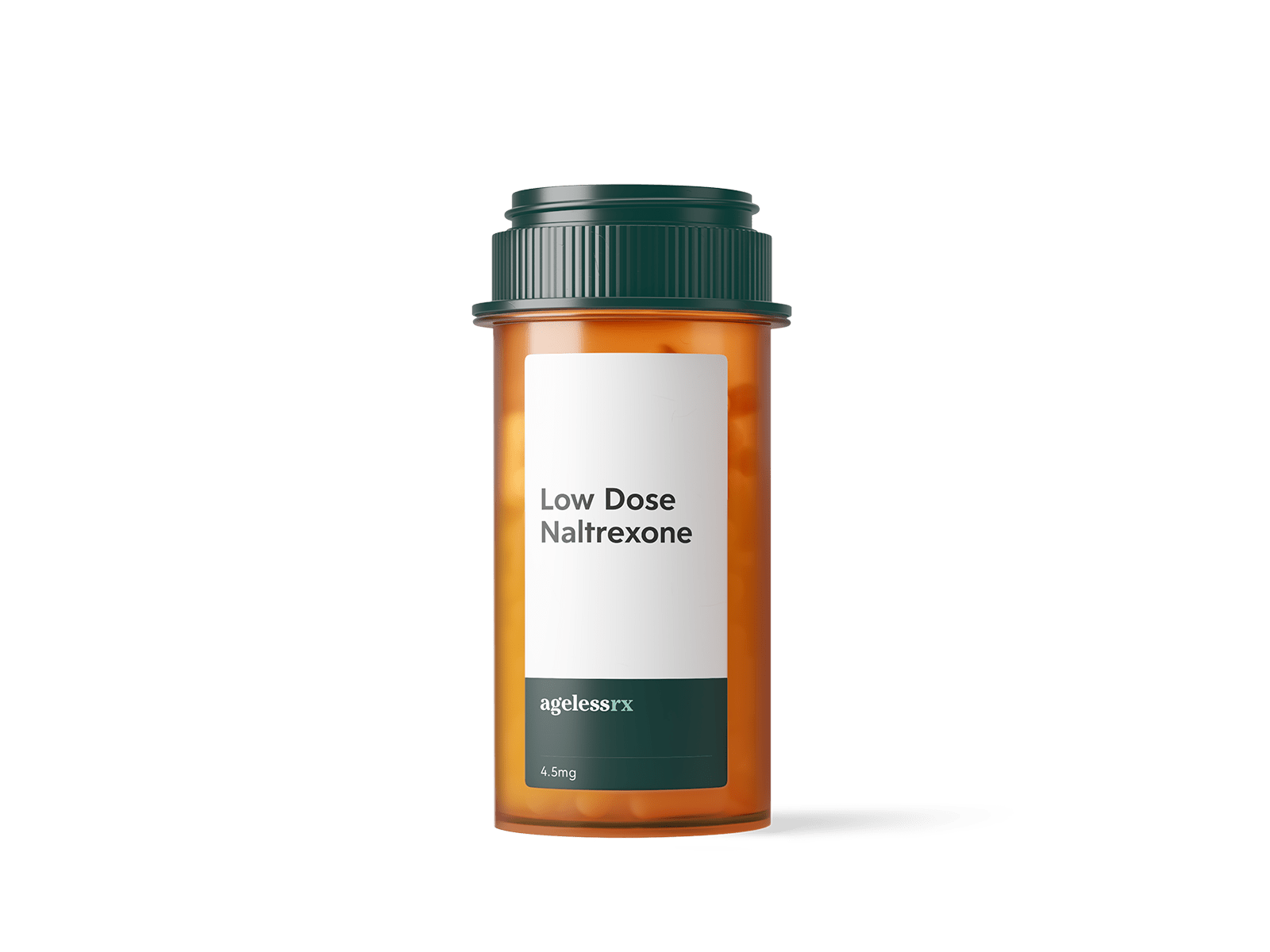
Low Dose Naltrexone
Starting at $35
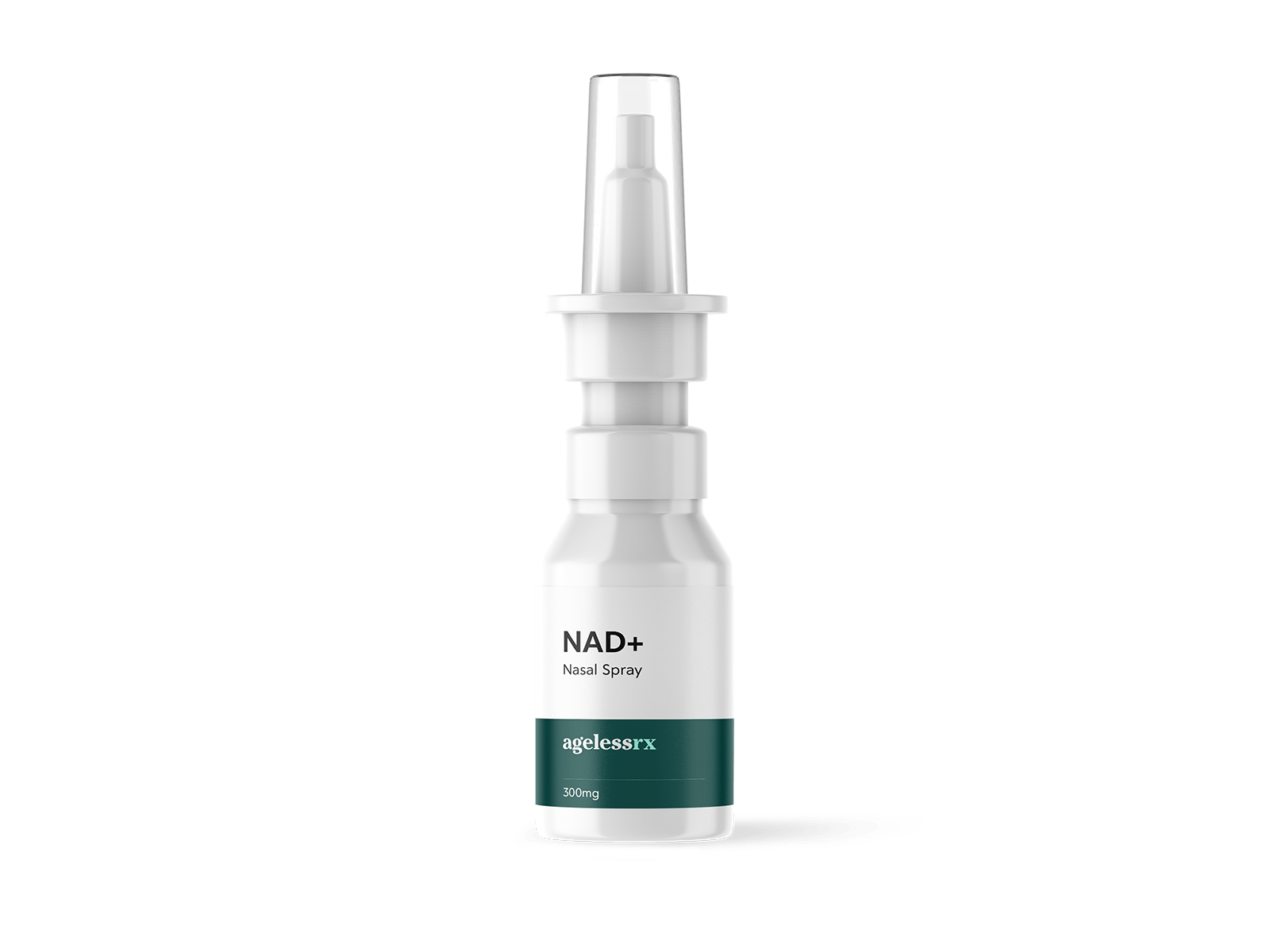
NAD+ Nasal Spray
Starting at $125
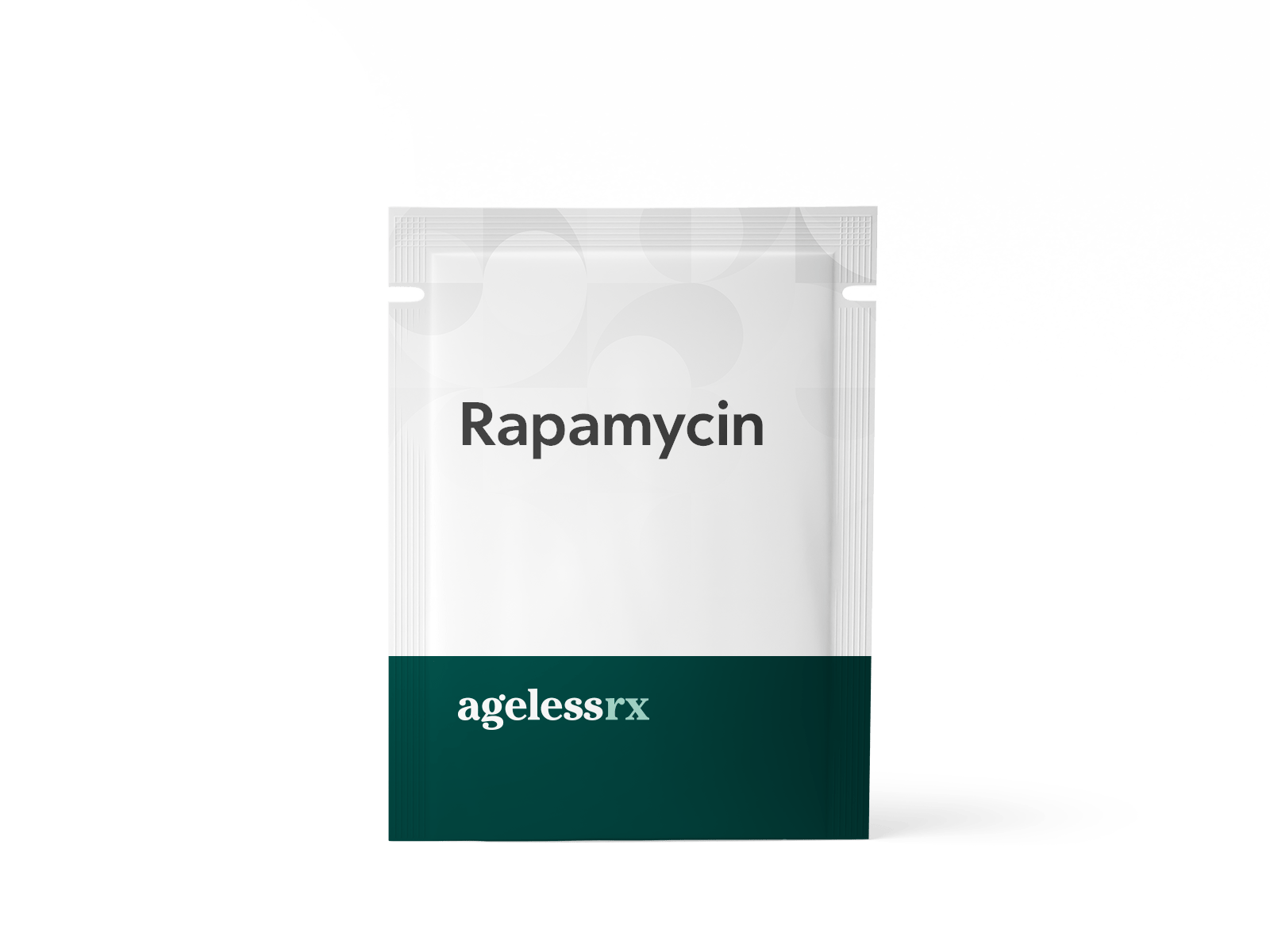
Rapamycin
Starting at $150
Prescription products require an online consultation with a physician who will determine if a prescription is appropriate. See product page for important safety information. Benefits outlined on agelessrx.com are based on 3rd party studies.
